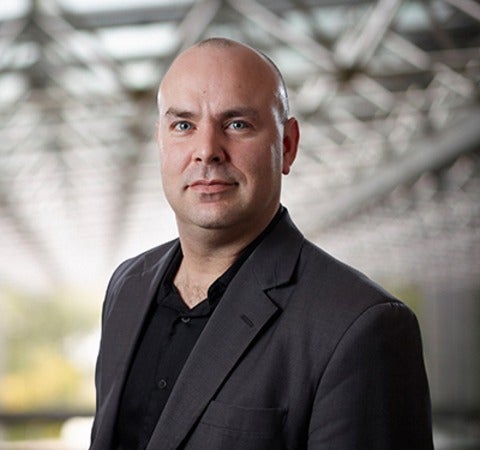IQC-China Conference on Quantum Technologies
This 7-day conference aims to bring scientists from China and Canada together, to nourish more extensive collaborations and to educate younger generations. The invited talks covers many aspects of quantum technologies, including quantum information theory and implementation, quantum cryptography and quantum communication, quantum materials, quantum metrology, and quantum foundations.
